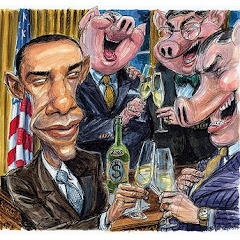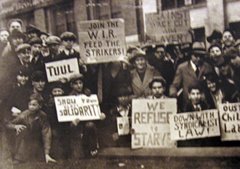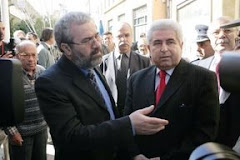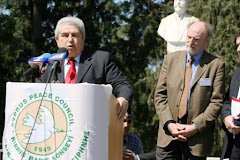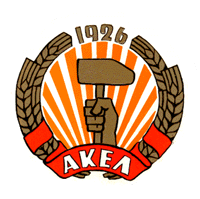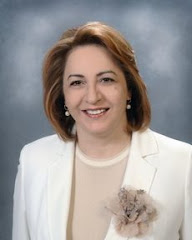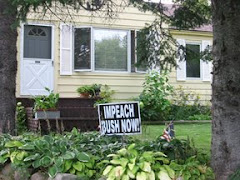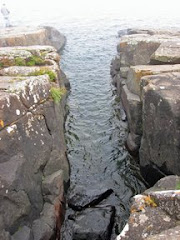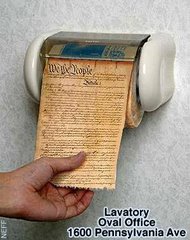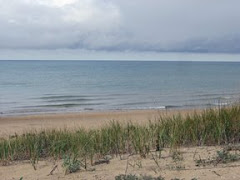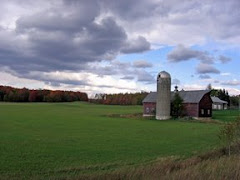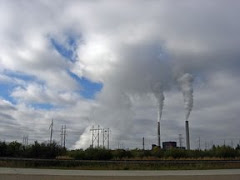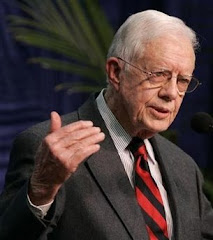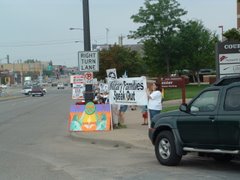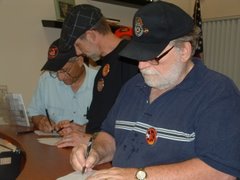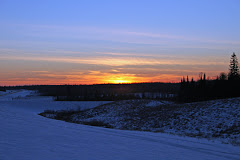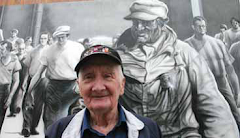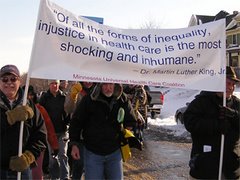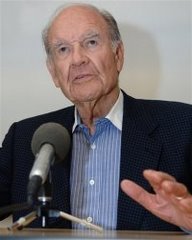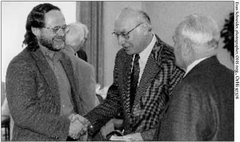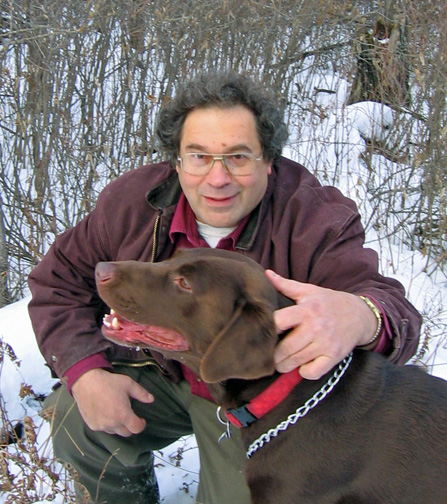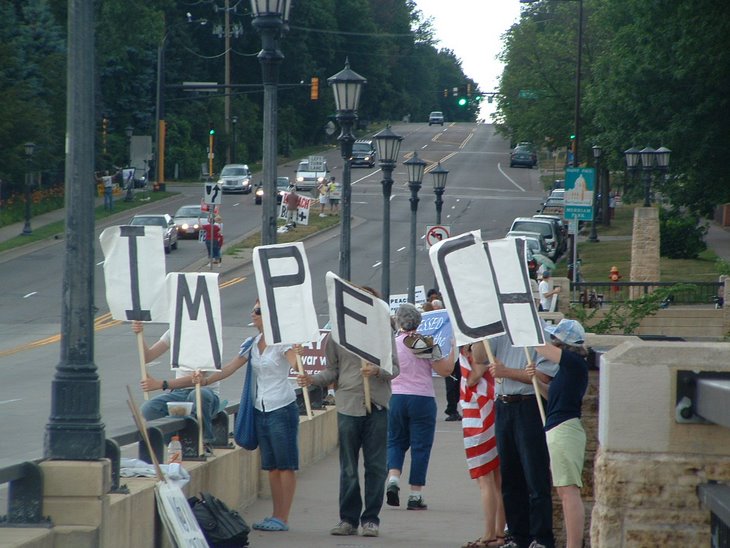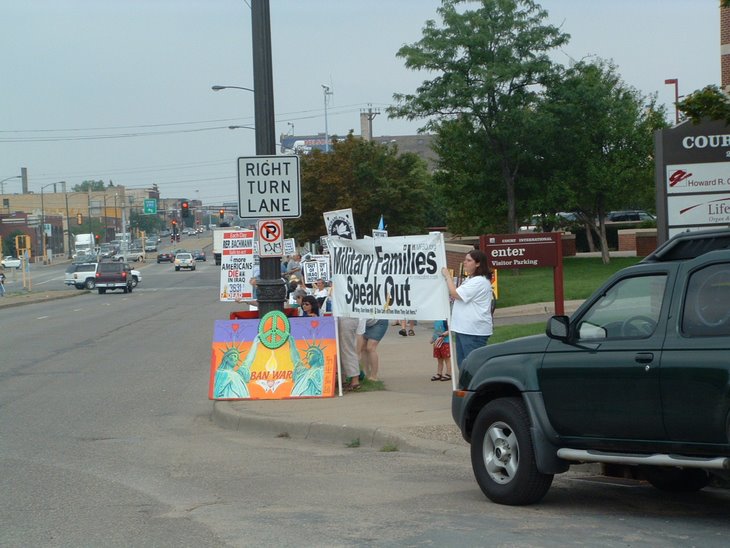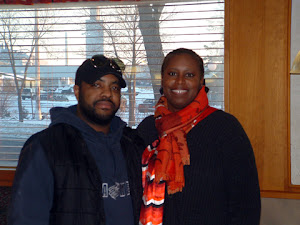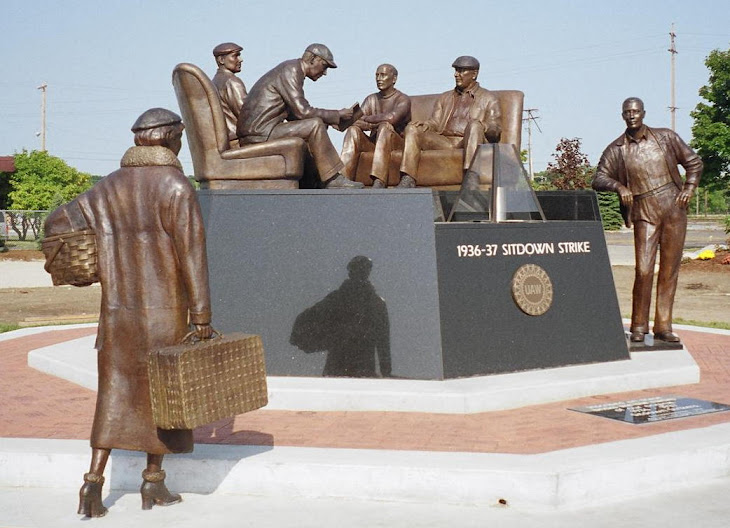Monday, November 25, 2013
View from Indian country: Turkey with a side of death
by: Andrea Perkins
November 25 2013
This week the nation will be gathering for a day set aside for turkey eating and football. But underneath all that merriment is a false history that is also celebrated. Most people here in the United States understand that the Thanksgiving Day myth was started in 1621. It's the story of how the Puritans and Pilgrims landed in Patuxet (Plymouth, Mass.), and had a large dinner in thanks for their first harvest. This myth that has been woven into our nation's creation story. However there is a story that is largely forgotten or overlooked, and that is a story of disease and of genocide.
The true story starts off like this ...
"We shall be as a city upon a hill, the eyes of all people are upon us" - Gov. John Winthrop of Massachusetts spoke these words in 1622 before a meeting to discuss the growth of the colony.
1620-1621:
In the fall of 1620 a Puritan ship called the Mayflower landed in the Village of Patuxet of the Wampanoag Nation. They found a village that once held 1,500 to 2,000 people completely abandoned due to illness that had raged through the area a few years before. The Pilgrims saw this a sign from God that this space was cleared out for them. They began to build a settlement. That winter the Pilgrims lost over half of the people who had come over on the Mayflower.
During this time the Wampanoag leader Massasoit saw the newcomers as weak and manageable, and as potential friends and allies against other tribes and groups of settlers. By the spring of 1621 the Pilgrims began talks with Massasoit through his English translator Squanto, who has made his way back home from living in England as a slave a few years earlier. Massasoit established relations with the English, making way for trade between the peoples. In the summer of 1621 Massasoit gave the settlers the Patuxet area and the surrounding hunting grounds, which the English would rename Plymouth.
In October 1621, an Englishman by the name of Miles Standish went into Pequot territory posing as a trader. He cut the head off a Pequot man named Wituwamat and murdered his family. Standish then brought back the head to Plymouth where it was displayed at the settlement wall on a wooden spike. That same week the Puritans held their first Thanksgiving feast to celebrate the harvest and the victory of Miles Standish against that Pequot community.
1637- Mystic River Massacre:
With tension high between the Indigenous people and the Puritan settlers, the trade between the Wampanoag and the settlers slowed down. By 1633 the number of settlers arriving by boat was in the thousands. They were pushing their way into Algonquin territory at an alarming rate.
In 1633 two European slavers from England went into Pequot territory looking for Indigenous people for the slave trade. The slavers were killed by the Pequot people. The local English settlers were outraged by the killings and demanded that the Pequot hand over the ones responsible. The Pequot refused to hand over the killers. The Puritans were furious. Preachers and religious people demanded action from the settlement leadership using quotes from the Bible like this one from Romans 13:2 "Whosoever therefore resisteth the power, rseisteth the ordinance of God; and they that resist shall receive to themselves damnation." This set the tone for religious zealousness and self-righteousness in their revenge on the Pequot people.
This turned into what is known as the Pequot War which stretched from Massachusetts to southeastern Connecticut. It all came to a dramatic head on May 26, 1637, when English Captain John Mason and few hundred men arrived at the Pequot fort near the Mystic River in Connecticut and surrounded it. The English attempted a surprise assault, but met Pequot resistance. Captain Mason gave the order to set fire to the village and block off all exit from it. The Pequot people were trapped inside, and those trying to escape were gunned down. In the end, 700 women, children and elders were killed. People who had managed to escape were found killed and scalped. This would be known as the Mystic River Massacre. When news was spread of Captain Mason's victory, celebrations of "Thanksgiving" were held all over the New England territory.
Today - remember and fight:
We as Indigenous people remember this not as a day of thanks but as a day to remember the genocide and colonization of our people that continues even today. We are on the front lines facing destruction of the land, exploitation of our children, and our culture reduced to mascots. In the face of all this we continue to fight imperialism with all of our strength, and find power in our Ancestors before us.
November 25 2013
This week the nation will be gathering for a day set aside for turkey eating and football. But underneath all that merriment is a false history that is also celebrated. Most people here in the United States understand that the Thanksgiving Day myth was started in 1621. It's the story of how the Puritans and Pilgrims landed in Patuxet (Plymouth, Mass.), and had a large dinner in thanks for their first harvest. This myth that has been woven into our nation's creation story. However there is a story that is largely forgotten or overlooked, and that is a story of disease and of genocide.
The true story starts off like this ...
"We shall be as a city upon a hill, the eyes of all people are upon us" - Gov. John Winthrop of Massachusetts spoke these words in 1622 before a meeting to discuss the growth of the colony.
1620-1621:
In the fall of 1620 a Puritan ship called the Mayflower landed in the Village of Patuxet of the Wampanoag Nation. They found a village that once held 1,500 to 2,000 people completely abandoned due to illness that had raged through the area a few years before. The Pilgrims saw this a sign from God that this space was cleared out for them. They began to build a settlement. That winter the Pilgrims lost over half of the people who had come over on the Mayflower.
During this time the Wampanoag leader Massasoit saw the newcomers as weak and manageable, and as potential friends and allies against other tribes and groups of settlers. By the spring of 1621 the Pilgrims began talks with Massasoit through his English translator Squanto, who has made his way back home from living in England as a slave a few years earlier. Massasoit established relations with the English, making way for trade between the peoples. In the summer of 1621 Massasoit gave the settlers the Patuxet area and the surrounding hunting grounds, which the English would rename Plymouth.
In October 1621, an Englishman by the name of Miles Standish went into Pequot territory posing as a trader. He cut the head off a Pequot man named Wituwamat and murdered his family. Standish then brought back the head to Plymouth where it was displayed at the settlement wall on a wooden spike. That same week the Puritans held their first Thanksgiving feast to celebrate the harvest and the victory of Miles Standish against that Pequot community.
1637- Mystic River Massacre:
With tension high between the Indigenous people and the Puritan settlers, the trade between the Wampanoag and the settlers slowed down. By 1633 the number of settlers arriving by boat was in the thousands. They were pushing their way into Algonquin territory at an alarming rate.
In 1633 two European slavers from England went into Pequot territory looking for Indigenous people for the slave trade. The slavers were killed by the Pequot people. The local English settlers were outraged by the killings and demanded that the Pequot hand over the ones responsible. The Pequot refused to hand over the killers. The Puritans were furious. Preachers and religious people demanded action from the settlement leadership using quotes from the Bible like this one from Romans 13:2 "Whosoever therefore resisteth the power, rseisteth the ordinance of God; and they that resist shall receive to themselves damnation." This set the tone for religious zealousness and self-righteousness in their revenge on the Pequot people.
This turned into what is known as the Pequot War which stretched from Massachusetts to southeastern Connecticut. It all came to a dramatic head on May 26, 1637, when English Captain John Mason and few hundred men arrived at the Pequot fort near the Mystic River in Connecticut and surrounded it. The English attempted a surprise assault, but met Pequot resistance. Captain Mason gave the order to set fire to the village and block off all exit from it. The Pequot people were trapped inside, and those trying to escape were gunned down. In the end, 700 women, children and elders were killed. People who had managed to escape were found killed and scalped. This would be known as the Mystic River Massacre. When news was spread of Captain Mason's victory, celebrations of "Thanksgiving" were held all over the New England territory.
Today - remember and fight:
We as Indigenous people remember this not as a day of thanks but as a day to remember the genocide and colonization of our people that continues even today. We are on the front lines facing destruction of the land, exploitation of our children, and our culture reduced to mascots. In the face of all this we continue to fight imperialism with all of our strength, and find power in our Ancestors before us.






























